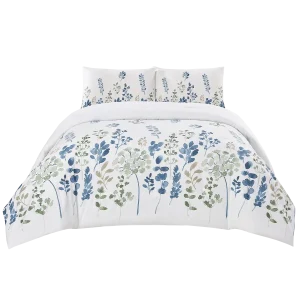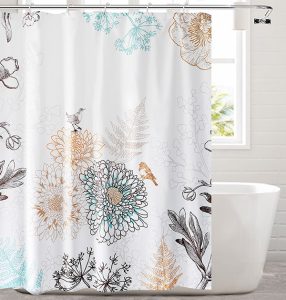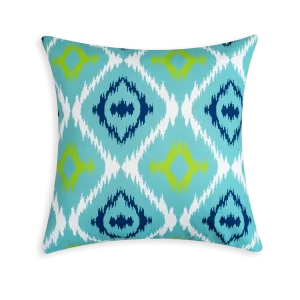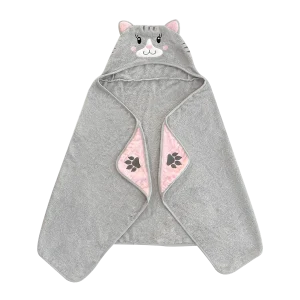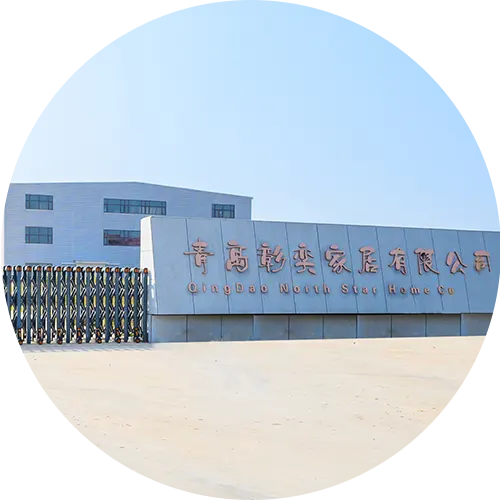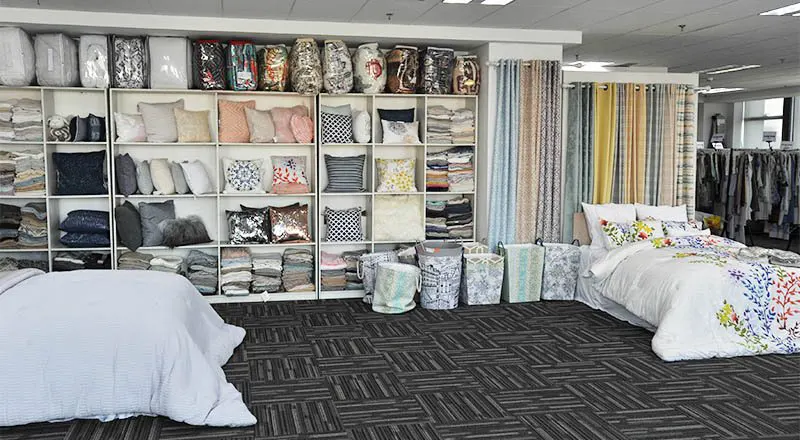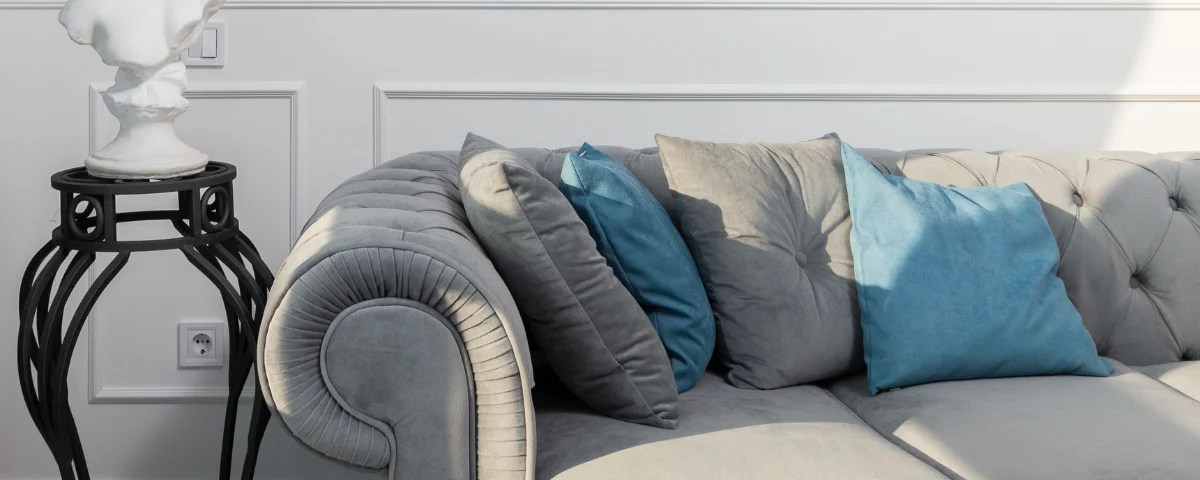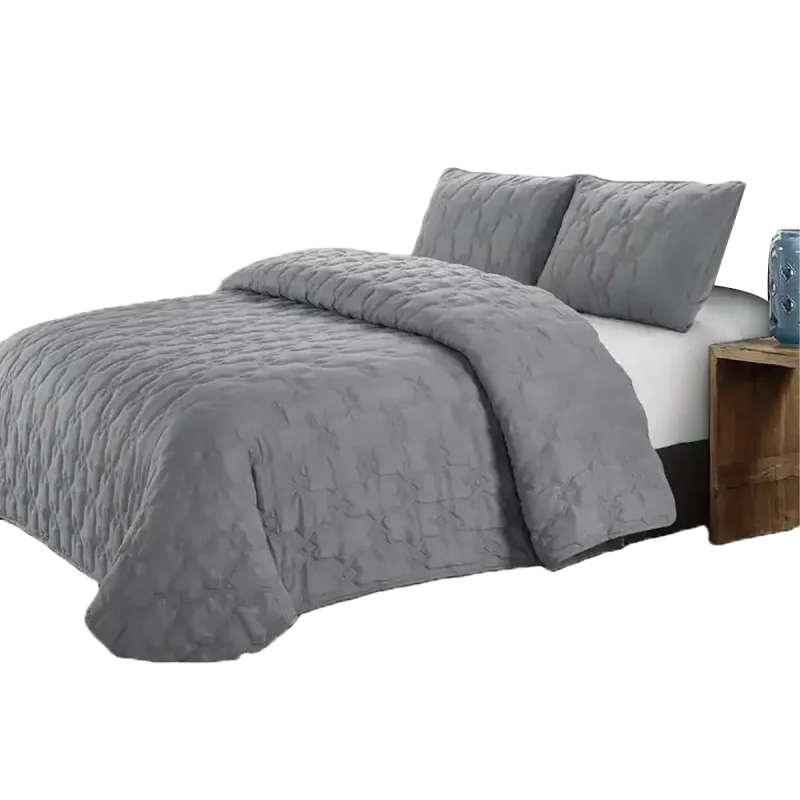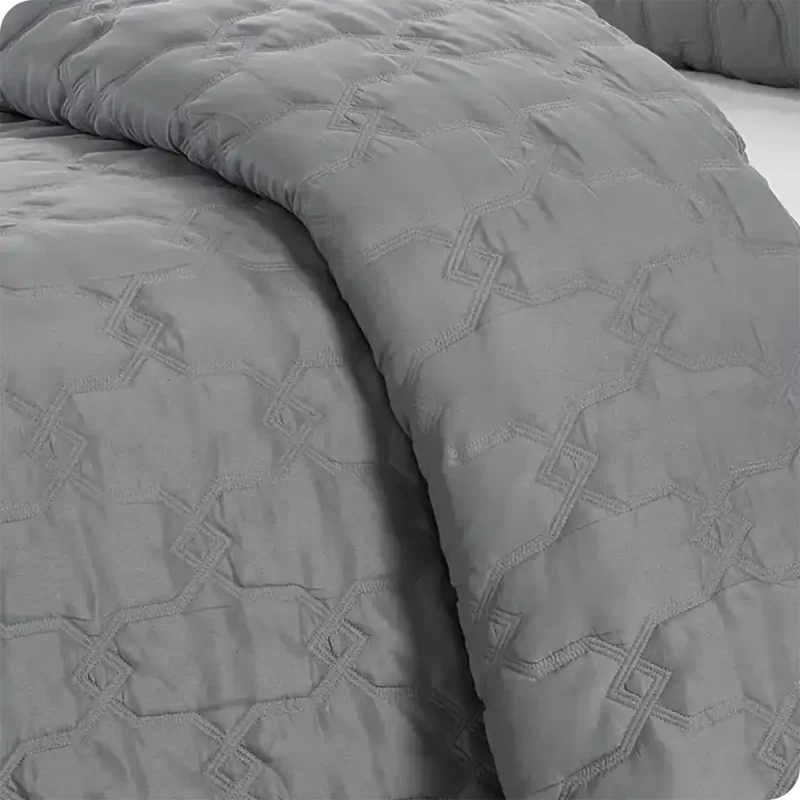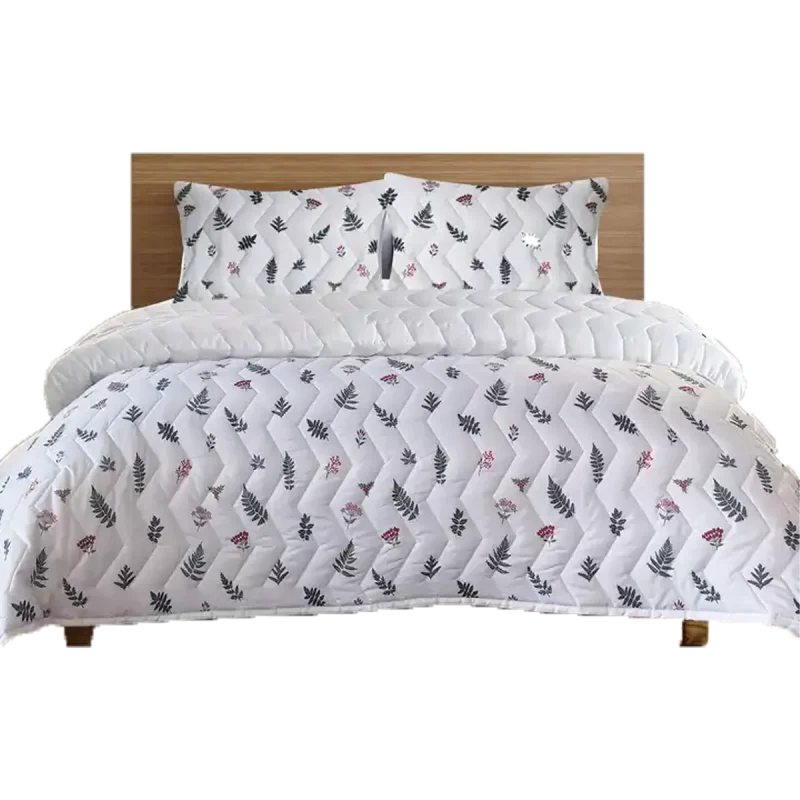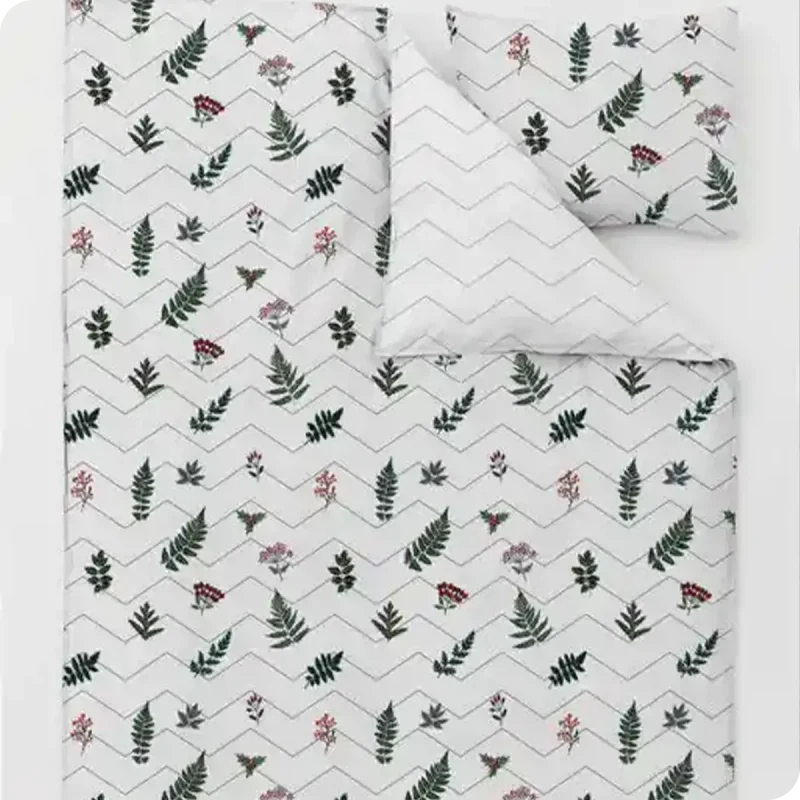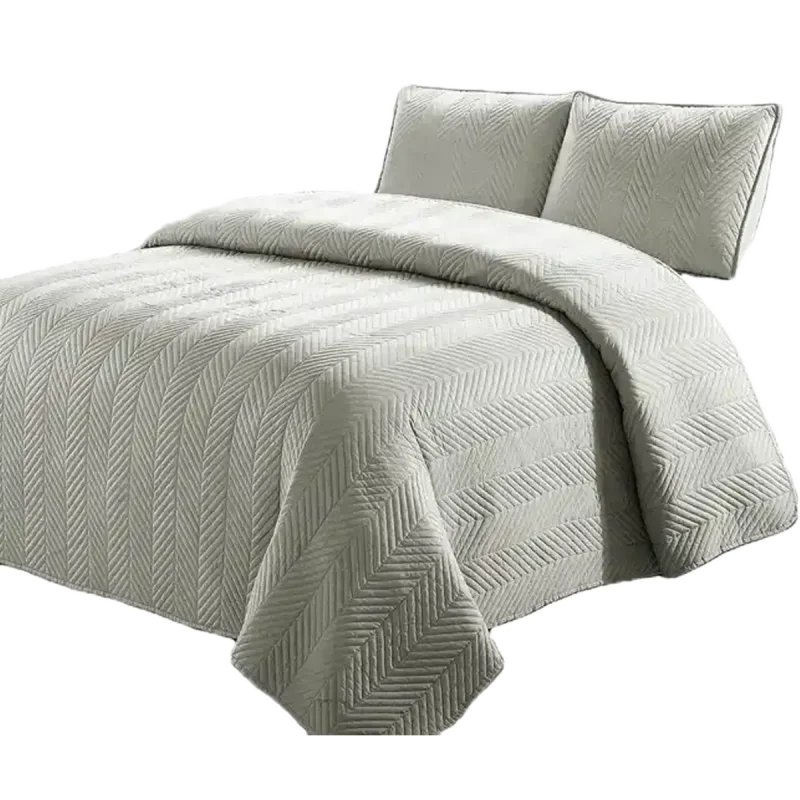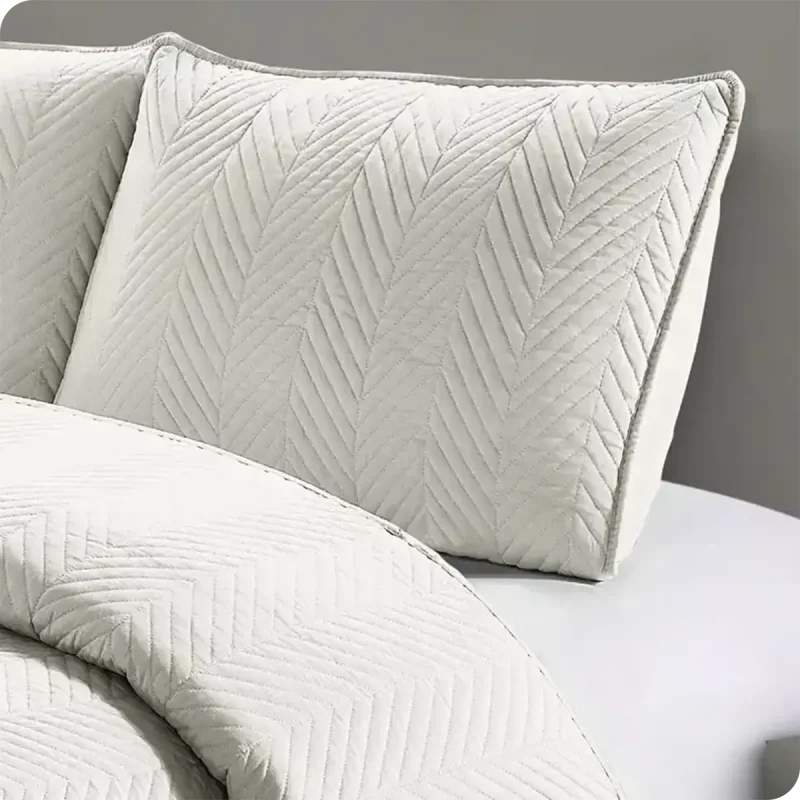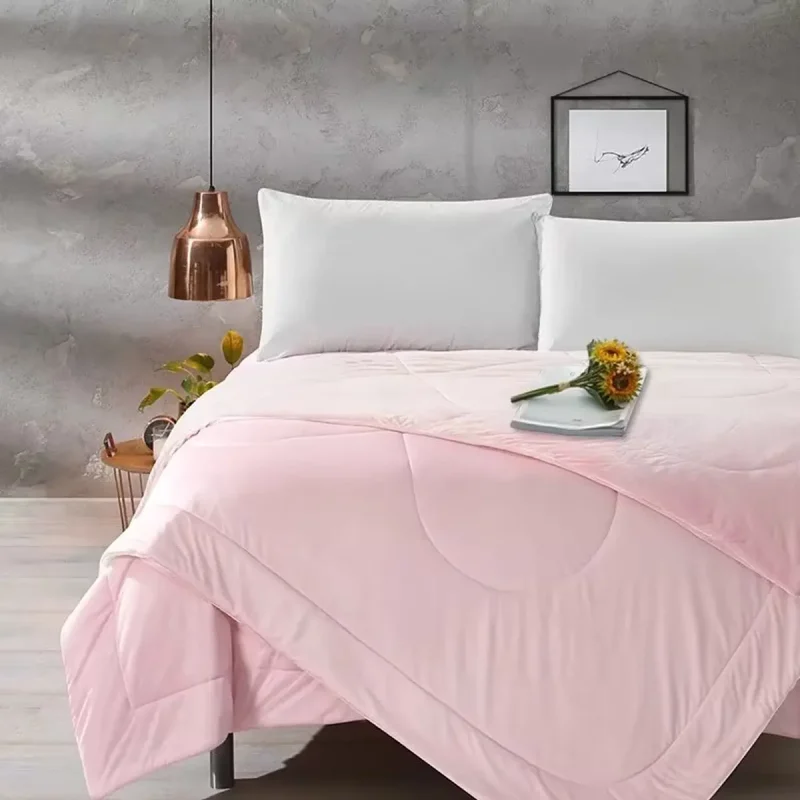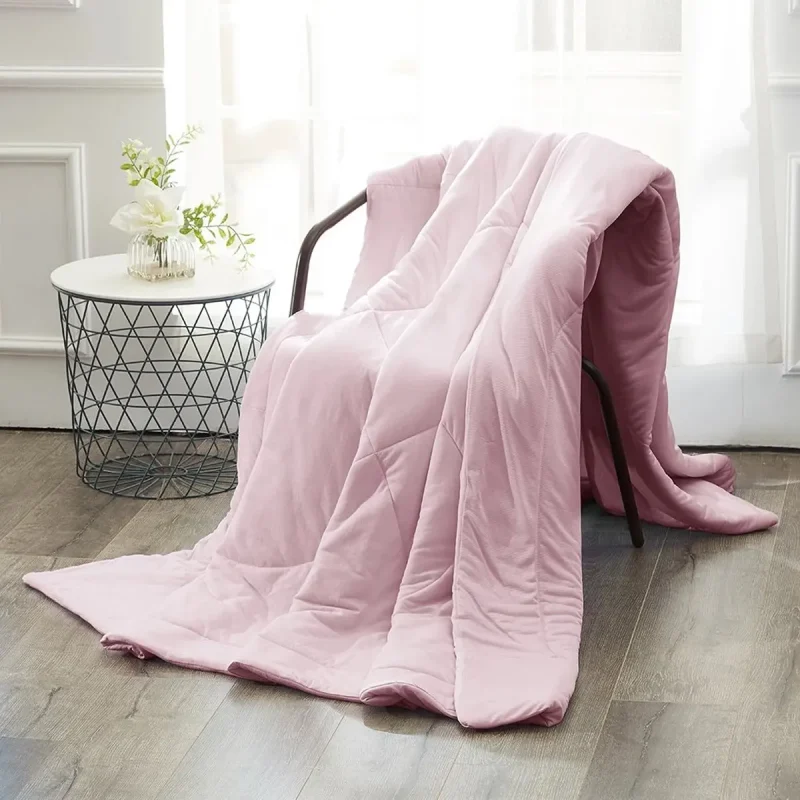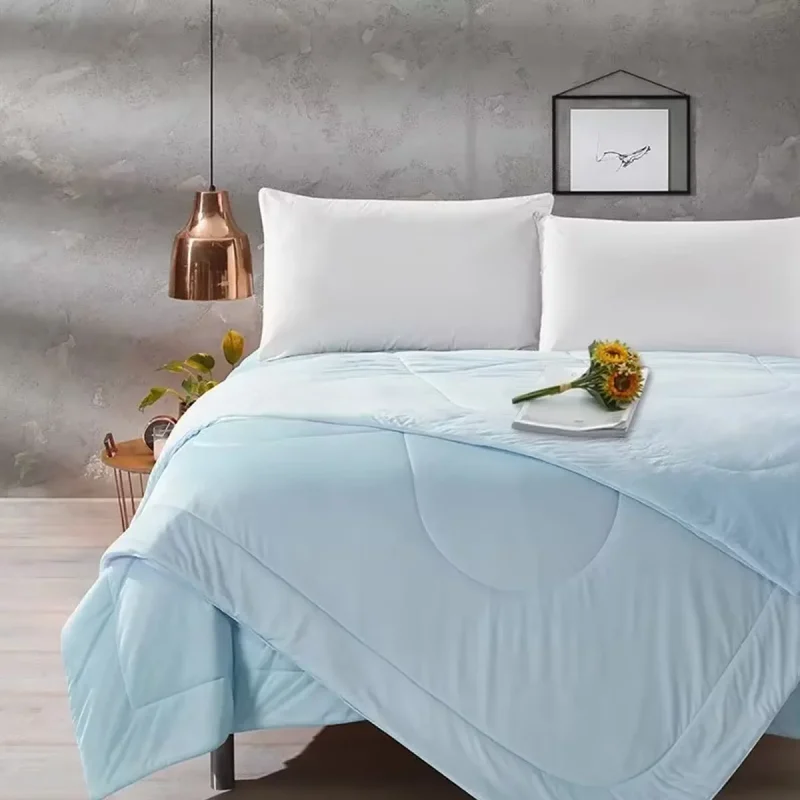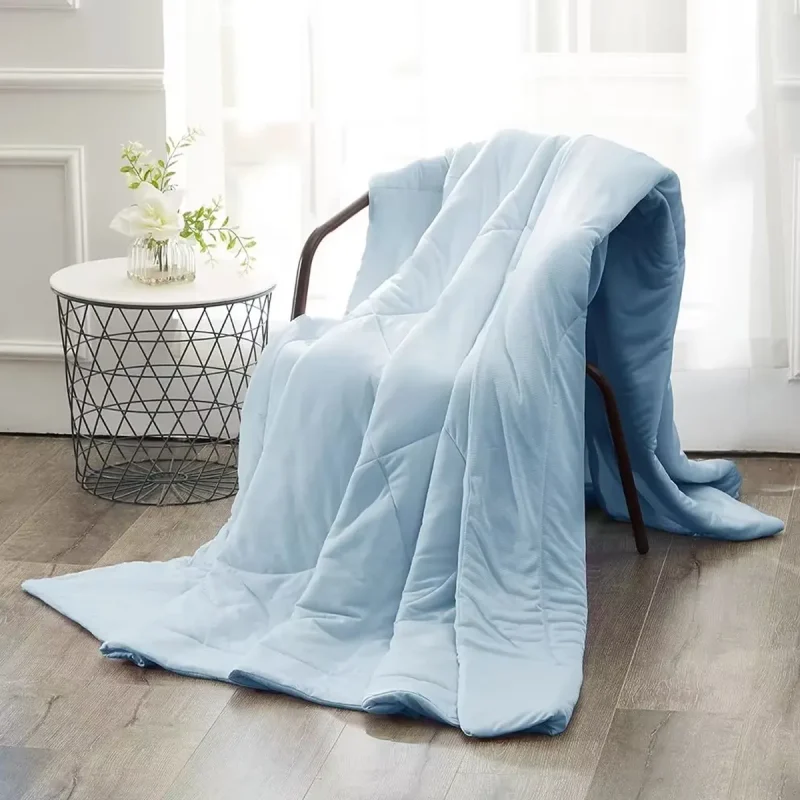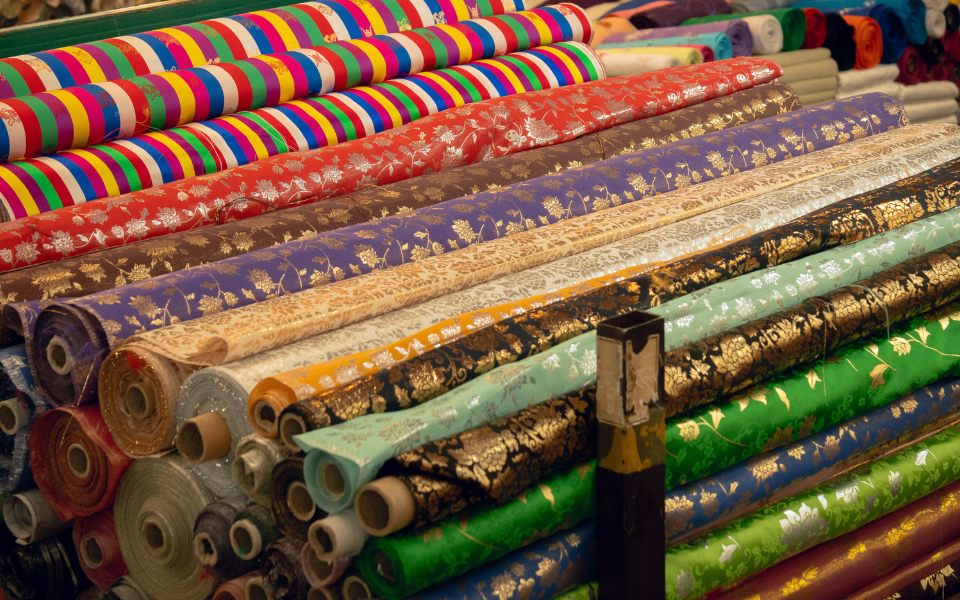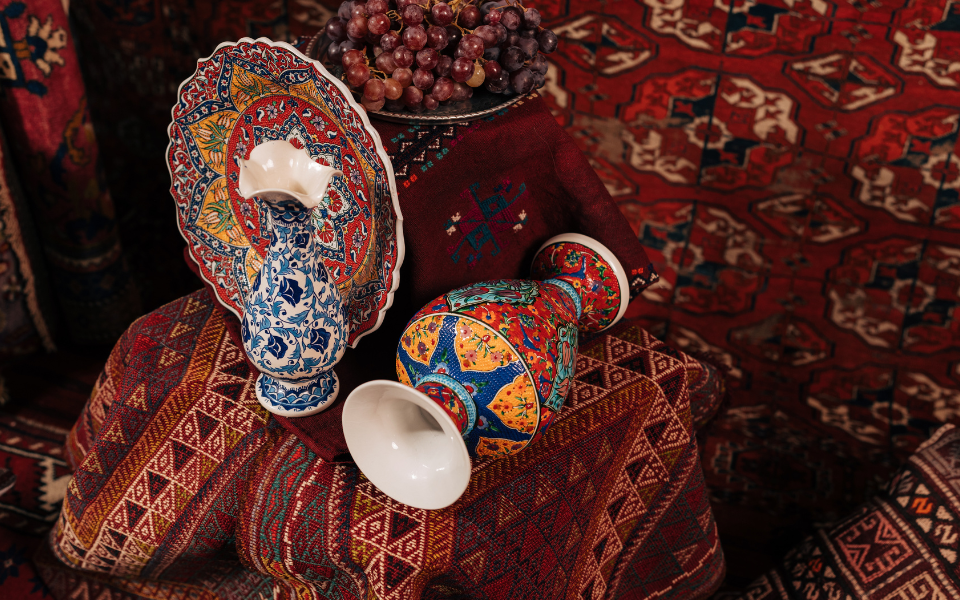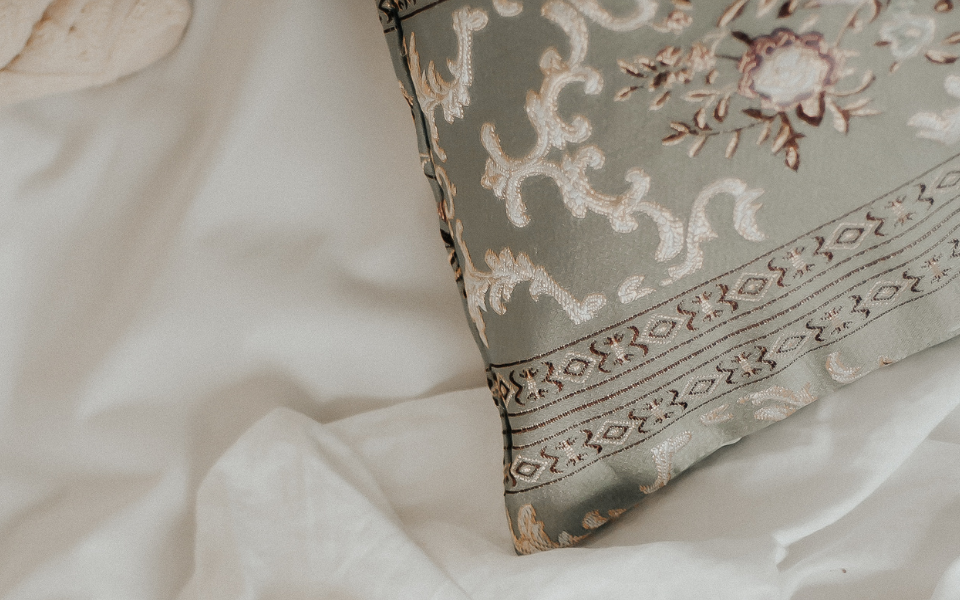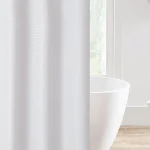
A Complete Guide to PEVA Shower Curtains: Benefits, Care, and Environmental Impact
September 12, 2024
Winter Bedding Care and Maintenance Guide
October 9, 2024Table of contents
- What Is Microfiber Leather?
- Microfiber Leather Definition
- Compositions & Manufacturing Process
- Benefits of microfiber leather
- Comparison of Genuine Leather
- Microfiber Leather - Common uses
- Microfiber leather and its environmental impact
- Microfiber Leather: Myths, Misconceptions and Fallacies
- Conclusion: Microfiber Leather's Future
What Is Microfiber Leather?
A revolutionary synthetic material, microfiber leather has become popular in many industries. It is the perfect alternative to leather. As consumer demand for durable, affordable, and versatile products continues to increase, microfiber leather has become more popular. How does microfiber compare with real leather?
Microfiber Leather Definition
The microfiber material is an imitation of leather that has the look and feel of real leather. Because microfibers are so thin, they’re thinner than one strand of silk. They can mimic leather in terms of feel and flexibility.
It is also known as “vegan” leather, because there are no animal by-products in it. With its sophisticated production process, manufacturers can create a leather-like material with the same look, feel, and performance as traditional leather. However, it is less expensive and easier for consumers to maintain.
Compositions & Manufacturing Process
The microfiber layers are then bound with polyurethane. Microfibers, made of polyester and synthetic nylon polymers spun into fine threads, are manufactured. These fine filaments are woven to tight and dense structures. Polyurethane is then coated and bonded onto the microfiber to give it the texture and durability of natural leather. This makes microfiber leather more versatile for a wide range of uses.
Benefits of microfiber leather
Microfiber leather offers many advantages over genuine leather. These include lower price, better resistance to wear and tears, easy maintenance, etc. This leather alternative is lightweight, breathable and customizable with different colors and textures. It’s also an environmentally friendly choice.
Comparison of Genuine Leather
Although microfiber offers many benefits to consumers, it is essential to compare it to real leather on key factors:
1. Look and feel: Real leather’s unique texture, and its smell is associated with luxury. Although microfiber leather can mimic these qualities, it cannot perfectly duplicate the grain and texture of leather.
2. Durability: Microfiber leather has a high level of durability, but genuine leather becomes more beautiful and soft over time when properly maintained. Natural leather can be susceptible to stains or water damage, but microfiber leather has a tendency to resist these.
3. Environmental Impact: Leather is an byproduct from the meat industry. Its production can cause harm to the planet due to tanning procedures. In contrast, microfiber leather is made from synthetics derived from petroleum chemicals. Production methods and sustainable practices will determine the environmental compromises.
4. Cost: Due to its origins in nature and the complexity of tanning, real leather costs more to buy and to make. A more affordable alternative to leather is microfiber. It offers the same quality without any compromises.
Microfiber Leather - Common uses
Its versatility makes it suitable for a wide range of industries and product types. There are many common uses for microfiber leather.
Fashion – Microfiber leather, which is durable and affordable, can be used to make shoes, bags, belts and other accessories.
Microfiber Leather for Seat Upholstery: This material is durable and easy to maintain. It can also be made in different finishes.
The microfiber material is used in furniture, particularly for sofas and chairs. It is soft and resistant to spills and stains.
The durability of the material makes it a popular choice for sports products such as basketballs, gloves and other sporting goods.
The following are some tips for care and maintenance.
The ease of maintenance is one of the biggest advantages to microfiber leather. Here are some ways to extend the life of your microfiber leather:
Regular Cleaning: Clean with a moistened cloth. You can clean the surface with mild soapy water, without causing damage to the material.
Avoid Harsh Chemicals Avoid using harsh cleaners and chemicals, which can degrade microfiber’s protective polyurethane layer.
Keep microfiber items away from direct sunlight.
Use Protective Coating: Applying protective sprays can prevent stains, and help keep your fabric looking like new.
Microfiber leather and its environmental impact
Discussions rage about the environmental impact of microfibers. One hand, microfiber leather is a vegan alternative. This appeals to people who do not want to support livestock farms, or those concerned about the negative environmental impacts of their farming practices, like deforestation.
But microfibers are made of synthetic polymers derived from petrochemicals. This material contributes towards plastic pollution, and uses non-renewable materials. On top of that, microfiber particles may be released into the atmosphere, creating a threat to aquatic ecosystems.
Sustainability of microfibers leather is dependent on innovative production methods, like using recycled or biobased polymers. It also depends upon proper recycling and disposal of the product at the end.
Microfiber Leather: Myths, Misconceptions and Fallacies
Microfiber leather is a subject that has many myths, which can confuse consumers.
1. Myth: Synthetic leather is inferior: Most people are under the impression that microfiber leather is of lower quality than real leather. The technology has advanced to the point where microfiber leather looks and feels almost identical to real leather.
2. Myth: It isn’t Breathable Some people believe that microfibers leathers trap heat. However, the high-quality version of this material has been designed to be breathable, which makes it suitable for clothes and upholstery.
3. Myth: Microfiber looks like fake leather: While some synthetic leathers may appear artificial at first glance, premium microfiber can mimic the texture and grain of real leather.
Conclusion: Microfiber Leather's Future
The popularity of microfiber leather as an environmentally friendly, versatile and cost-effective alternative to leather continues to grow. Microfiber leather’s quality continues to grow as material science advances, closing the gap that separates synthetic from natural materials.
In the coming years, as consumer focus shifts to sustainability and ethical issues, microfiber leather may play a major role in future fashion, automobile design and interior decorating.

